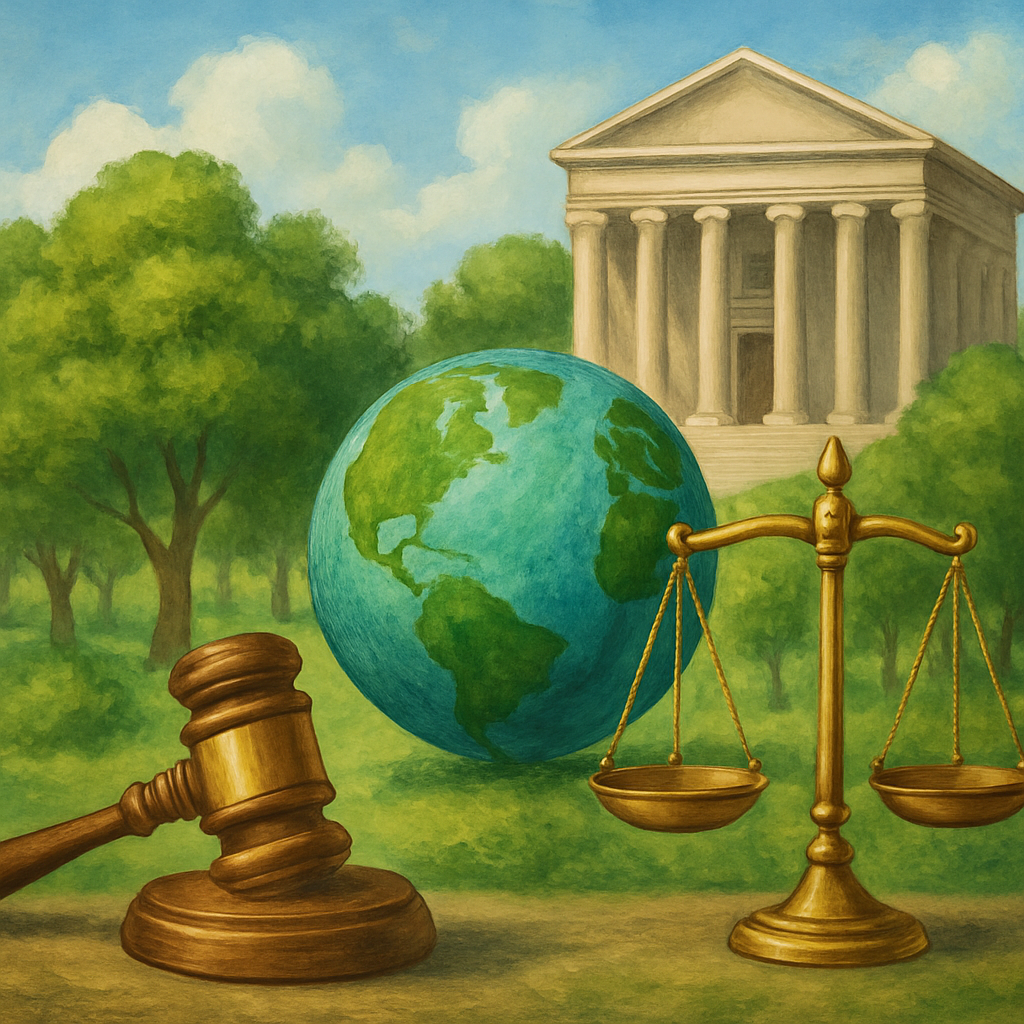Published on: 4th November 2024
Authored by: Surbhi Bharti
Chotanagpur Law College Ranchi
Introduction
International Human Rights Law (IHRL) is a body of international law aimed at protecting the fundamental rights and freedoms of individuals. It establishes the legal standards that ensure the dignity and worth of every person, regardless of nationality, race, gender, or other characteristics. The development of IHRL emerged as a global response to the horrors of war. Since then, a range of treaties, conventions, and declarations has been created to promote and protect human rights. This paper explores the development, fundamentals, and challenges of IHRL, with a focus on its relevance in modern times.
Historical Development of International Human Rights Law
IHRL has roots in various philosophical and religious traditions. Ancient societies, such as those in India, Greece, and Rome, recognized the notion of natural law, where individuals were believed to have inherent rights simply by being human. However, modern international human rights law, as we know it today, began to take shape after the end of World War II.
The United Nations and the Universal Declaration of Human Rights (1948)
The establishment of the United Nations (UN) in 1945 marked a turning point in the protection of human rights. The UN Charter emphasizes the promotion of human rights. In 1948, the Universal Declaration of Human Rights (UDHR) was adopted by the UN General Assembly, providing a comprehensive outline of the rights and freedoms that all people can claim. Although the UDHR is not legally binding, it set the foundation for subsequent human rights treaties and has become a significant reference point for international human rights discourse.
Binding International Covenants
Following the UDHR, two significant covenants were adopted to transform its principles into binding international law:
- International Covenant on Civil and Political Rights (ICCPR) (1966): This covenant focuses on civil and political liberties, such as the right to life, freedom of speech, and the right to a fair trial.
- International Covenant on Economic, Social, and Cultural Rights (ICESCR) (1966): This covenant addresses economic, social, and cultural rights, such as the right to education, health, and an adequate standard of living.
Together with the UDHR, these two covenants form the International Bill of Human Rights.
Key Principles of International Human Rights Law
IHRL is grounded in several key principles that guide its application and enforcement:
- Universality and Inalienability
Human rights are universal, meaning they apply to every individual, regardless of nationality, culture, or religion. They are inalienable, meaning they cannot be taken away. - Interdependence and Indivisibility
Human rights are interdependent and indivisible. Governments are required to treat all rights equally, including economic, social, civil, and political rights. - Equality and Non-discrimination
Everyone is entitled to human rights without discrimination of any kind, such as race, gender, sexual orientation, or religion. This principle is fundamental to the concept of human rights. - Accountability and Rule of Law
Governments must be held accountable for their human rights obligations. This includes judicial mechanisms like the International Criminal Court (ICC).
Mechanisms for Protecting Human Rights
- United Nations Human Rights Council (UNHRC)
The UNHRC is a multilateral body responsible for promoting and protecting human rights around the world. It examines allegations of human rights violations in member states and works to improve standards. - Treaty Monitoring Bodies
There are several treaty-based committees that monitor compliance with human rights treaties, such as the Human Rights Committee (for the ICCPR) and the Committee on Economic, Social, and Cultural Rights (for the ICESCR). - Regional Human Rights Systems
In addition to the UN system, there are regional human rights systems, including the European Court of Human Rights, the African Court on Human Rights, and the Inter-American Court of Human Rights. These bodies hear cases of human rights violations within their respective regions.
Challenges in Implementing International Human Rights Law
While IHRL has made significant progress, its implementation faces numerous challenges:
- Sovereignty vs. Human Rights
One of the primary challenges is the tension between state sovereignty and international human rights obligations. States are often reluctant to accept external interference in their internal affairs, even when human rights abuses are occurring. This tension can hinder the enforcement of international human rights. - Cultural Relativism
Cultural relativism argues that human rights should be interpreted in the context of individual cultures. Critics of IHRL argue that the universalist approach often disregards local customs and traditions. This debate continues to be a significant issue in international human rights.
Future Directions for International Human Rights Law
In a rapidly changing world, IHRL must adapt to new global realities. Issues such as climate change, digital privacy, and the rights of migrants require the development of new legal frameworks. There is also a growing recognition of the importance of protecting economic, social, cultural, and political rights.
Conclusion
International Human Rights Law remains a crucial tool for ensuring that basic rights are respected, protected, and fulfilled. While challenges persist, the global community continues to work towards improving and enforcing these rights. As IHRL continues to evolve, it must remain flexible and responsive to new threats and challenges, ensuring that it remains relevant in protecting the rights of future generations.




